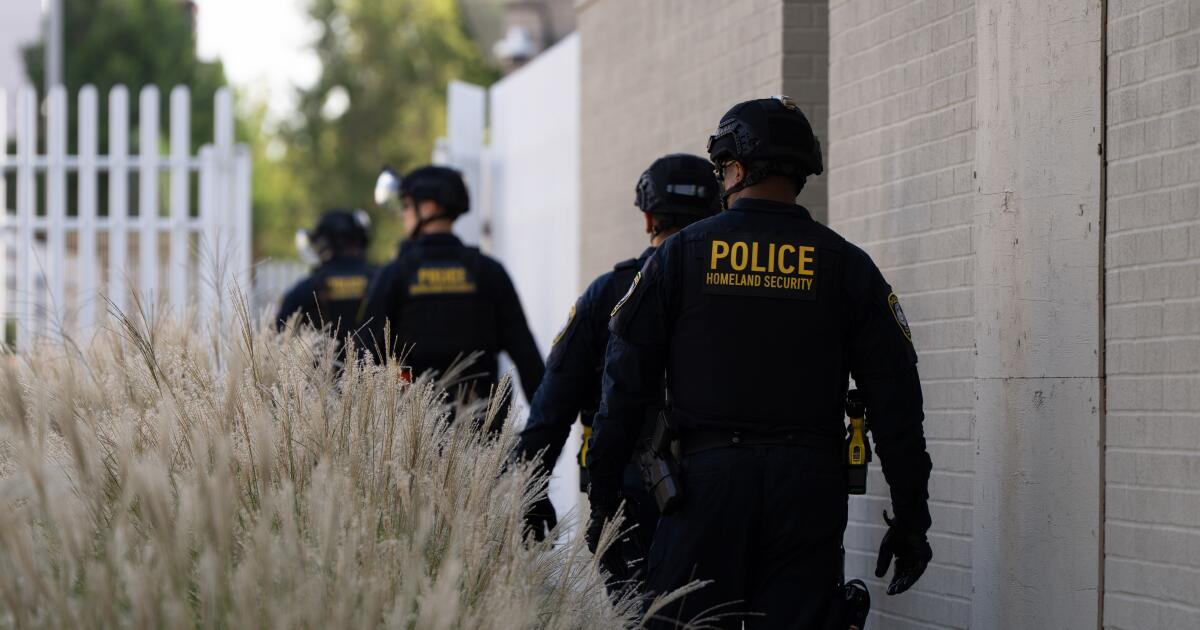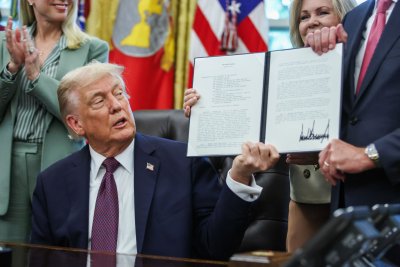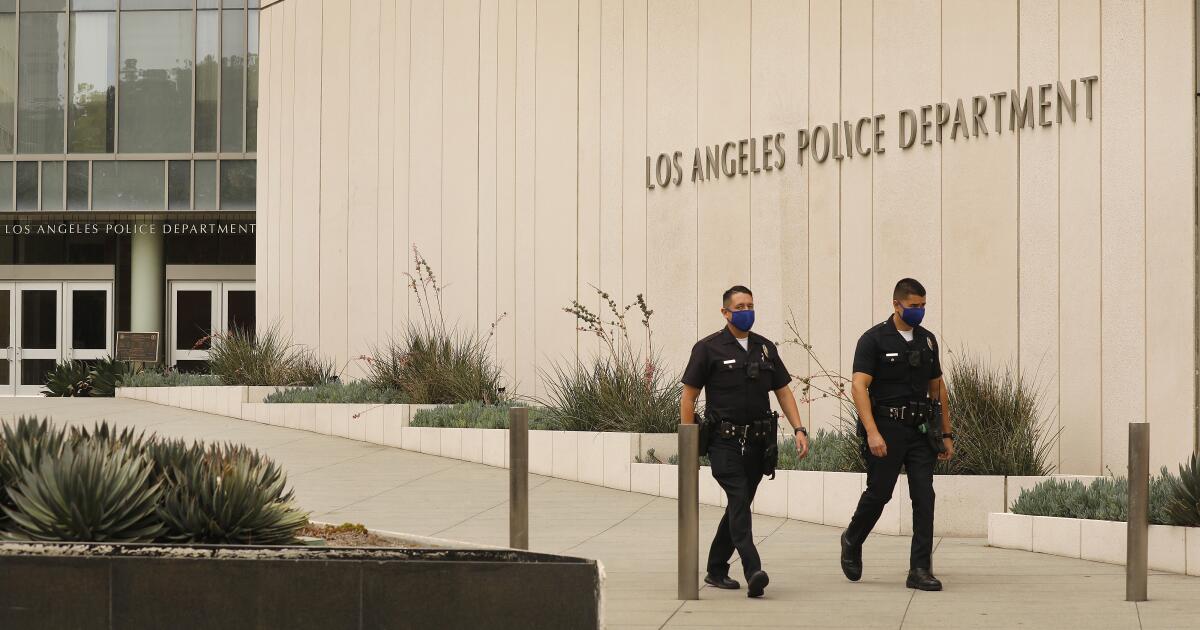WASHINGTON — A former Homeland Security official during President Trump’s first administration who authored an anonymous op-ed sharply critical of the president is calling on independent government watchdogs to investigate after Trump ordered the department to look into his government service.
Miles Taylor, once chief of staff at the Department of Homeland Security, warned in an interview with the Associated Press of the far-reaching implications of Trump’s April 9 memorandum, “Addressing Risks Associated with an Egregious Leaker and Disseminator of Falsehoods,” when it comes to suppressing criticism of the president. That memo accused Taylor of concocting stories to sell his book and directed the secretary of Homeland Security and other government agencies to look into Taylor and strip him of any security clearances.
Taylor sent a letter via email to inspectors general at the departments of Justice and Homeland Security on Tuesday.
Coming on the same April day that Trump also ordered an investigation into Chris Krebs, a former top cybersecurity official, the dual memoranda illustrated how Trump has sought to use the powers of the presidency against his adversaries. Speaking to the AP, Taylor said the order targeting him sets a “scary precedent” and that’s why he decided to call on the inspectors general to investigate.
“I didn’t commit any crime, and that’s what’s extraordinary about this. I can’t think of any case where someone knows they’re being investigated but has absolutely no idea what crime they allegedly committed. And it’s because I didn’t,” Taylor said. He called it a “really, really, really scary precedent to have set is that the president of the United States can now sign an order investigating any private citizen he wants, any critic, any foe, anyone.”
Trump has targeted adversaries since he took office
Since taking office again in January, Trump has stripped security clearances from a number of his opponents. But Trump’s order for an investigation into Taylor, as well as Krebs, marked an escalation of his campaign of retribution in his second term.
Trump fired Krebs, who directed the Cybersecurity and Infrastructure Security Agency, in November 2020 after Krebs disputed the Republican president’s unsubstantiated claims of voting fraud and vouched for the integrity of the 2020 election, which Trump lost to Democrat Joe Biden.
Taylor left the first Trump administration in 2019. In the anonymous New York Times op-ed published in 2018, he described himself as part of a secret “resistance” to counter Trump’s “misguided impulses.” The op-ed’s publication touched off a leak investigation in Trump’s first White House.
Taylor later published a book by the same name as the op-ed and then another book under his own name called “Blowback,” which warned about Trump’s return to office.
After signing the memorandum April 9, Trump said Taylor was likely “guilty of treason.”
The letter by Taylor’s lawyer to the inspectors general calls Trump’s actions “unprecedented in American history.”
“The Memorandum does not identify any specific wrongdoing. Rather, it flagrantly targets Mr. Taylor for one reason alone: He dared to speak out to criticize the President,” the letter reads.
Taylor’s lawyer, Abbe Lowell, said the request to the inspectors general was an attempt to “get the administration to do the right thing.” Lowell said that depending on the outcome of their complaint, they’ll explore other options including a possible lawsuit. Lowell, a veteran Washington lawyer, announced earlier this year that he was opening his own legal practice and would represent targets of Trump’s retribution.
Violation of First Amendment rights alleged
In the letter, Lowell calls on the inspectors general to do their jobs of “addressing and preventing abuses of power.”
The letter says Trump’s April 9 memo appears to violate Taylor’s First Amendment rights by going after Taylor for his criticism of the president, calling it a “textbook definition of political retribution and vindictive prosecution.” And, according to the letter, Trump’s memo also appears to violate Taylor’s Fifth Amendment due process rights.
The letter highlights Taylor’s “honorable and exemplary” work service including receiving the Distinguished Service Medal upon leaving the department, and it details the toll that the April 9 memorandum has taken on Taylor’s personal life. His family has been threatened and harassed, and former colleagues lost their government jobs because of their connection with him, according to the letter.
Taylor told the AP that since the order, there’s been an “implosion in our lives.” He said he started a fund to pay for legal fees, has had to step away from work and his wife has gone back to work to help pay the family’s bills. Their home’s location was published on the internet in a doxxing.
Taylor said that by filing these complaints with the inspectors general, he’s anticipating that the pressure on him and his family will increase. He said they spent the last few weeks debating what to do after the April 9 memorandum and decided to fight back.
“The alternative is staying silent, cowering and capitulating and sending the message that, yes, there’s no consequences for this president and this administration in abusing their powers in ways that my legal team believes and a lot of legal scholars tell me is unconstitutional and illegal,” Taylor said.
Santana writes for the Associated Press.




